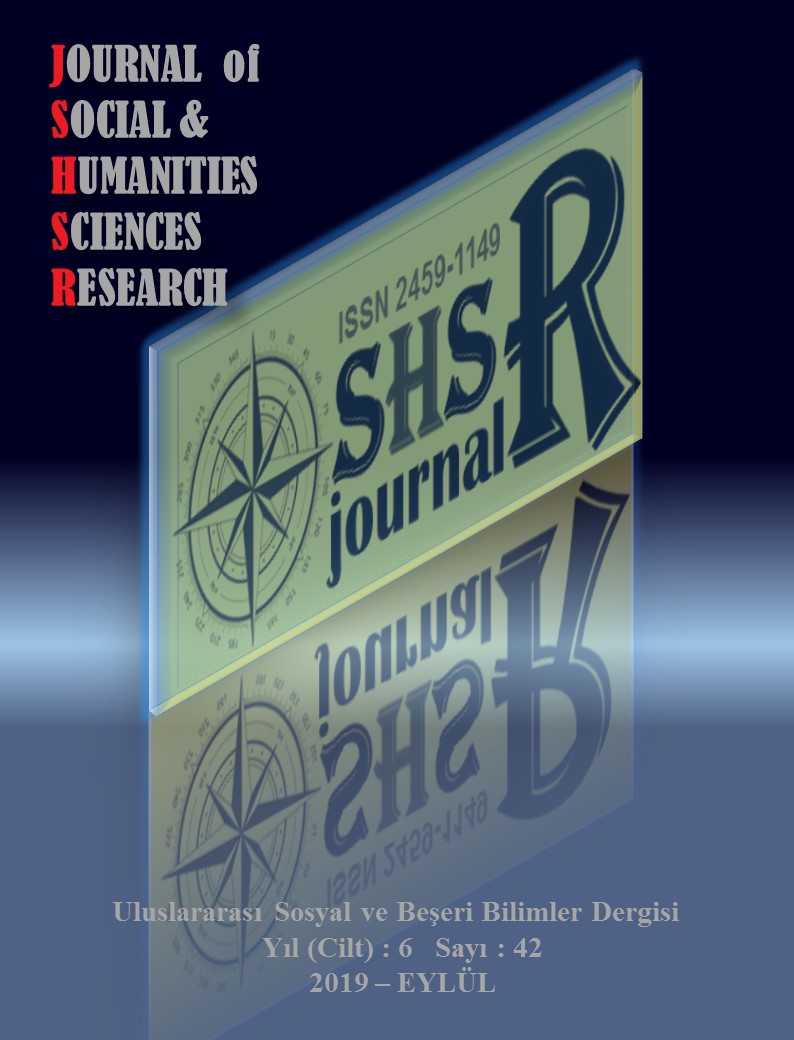EVALUATION OF ATTITUDES OF DUZCE UNIVERSITY STUDENTS TOWARDS SPORT
DOI:
https://doi.org/10.26450/jshsr.1396Keywords:
Sports, Attitude, StudentAbstract
Purpose of the study is a comparison of the attitudes of the students who are studying in different departments of Düzce University and staying in the dormitory institution of Higher Education Credit and Hostels. The research group consisted of 787 (341 female, 446 male) students studying at Düzce University. The distinction on the basis of faculties is as follows: Faculty of Sciences and Literature (93 people), Faculty of Education (79 people) Faculty of Engineering (134 people), Faculty of Technology (112 people), Faculty of Health (63 people) people), Faculty of Forestry (22 people), Faculty of Agriculture and Nature (5 people), Faculty of Business Administration (138 people), Faculty of Sport Sciences (42 people), Faculty of Medical (28 people) , Faculty of Theology (43 people), Art, Design and Architecture Faculty (28 people). As a data collection tool; “Attitude Scale towards Sport”developed by Koçak (2014) and validated with reliability, and“Personal Information Form” developed by the researchers. Data were analyzed using Mann Whitney U test and Kruskal Wallis H test. The results of these data were analyzed by SPSS 25.00 statistical program. Statistical results were significant at p <0.05 significance level. Tukey Test was used to determine which group caused the difference. As a result of the research, it was found that those who do sports regularly have more positive attitude than those who do not. In addition, a significant difference was found between the students of the Department of Sport Sciences and the students of the Department of Science, Literature, Education, Engineering, Technology and Medicine between mental development, psychosocial development and attitudes
Downloads
Published
How to Cite
Issue
Section
License
Copyright (c) 2019 INTERNATIONAL JOURNAL OF SOCIAL HUMANITIES SCIENCES RESEARCH

This work is licensed under a Creative Commons Attribution 4.0 International License.


